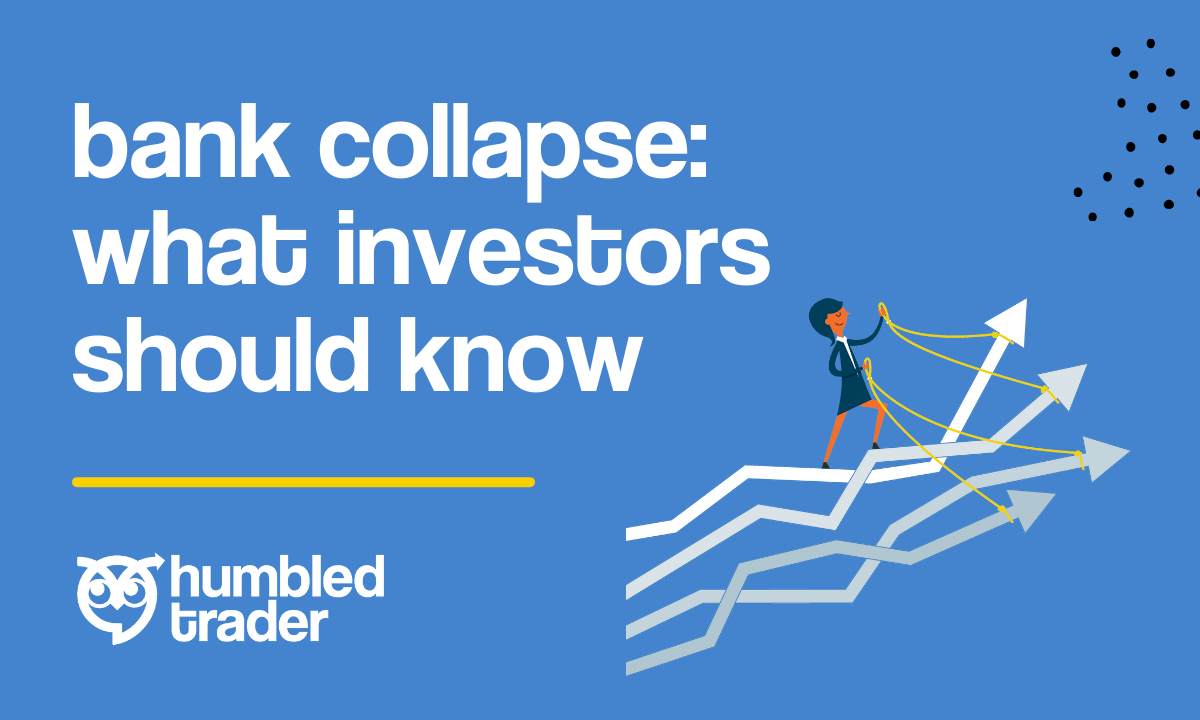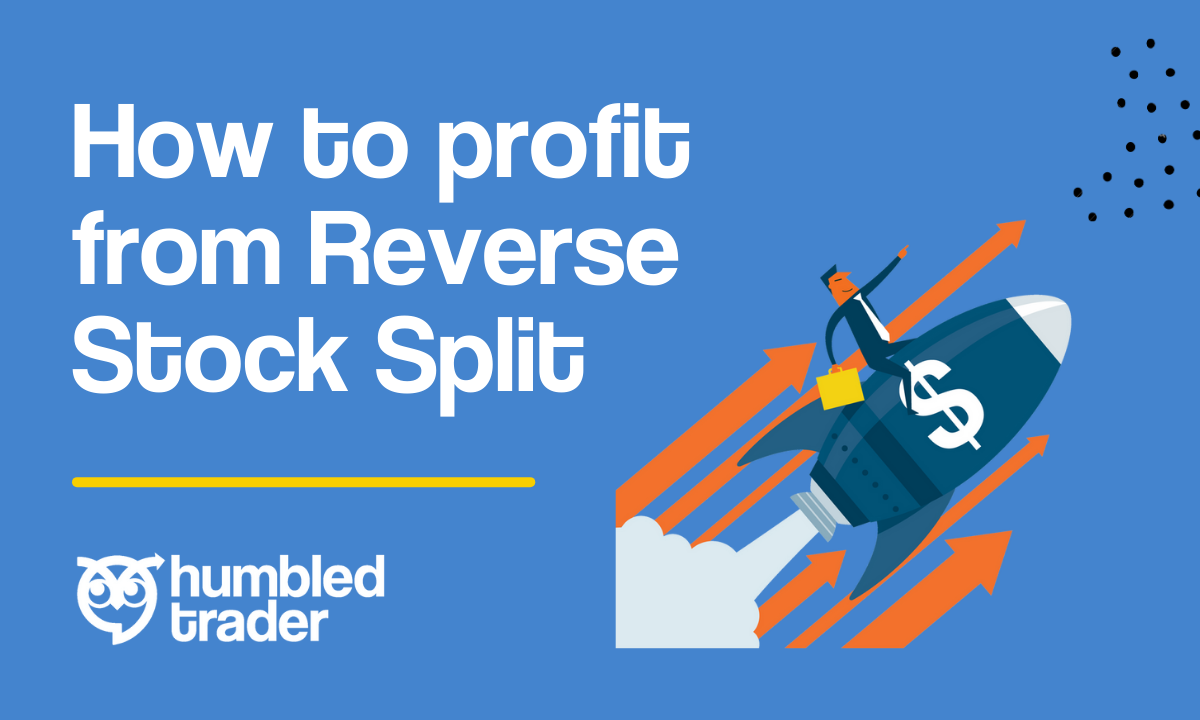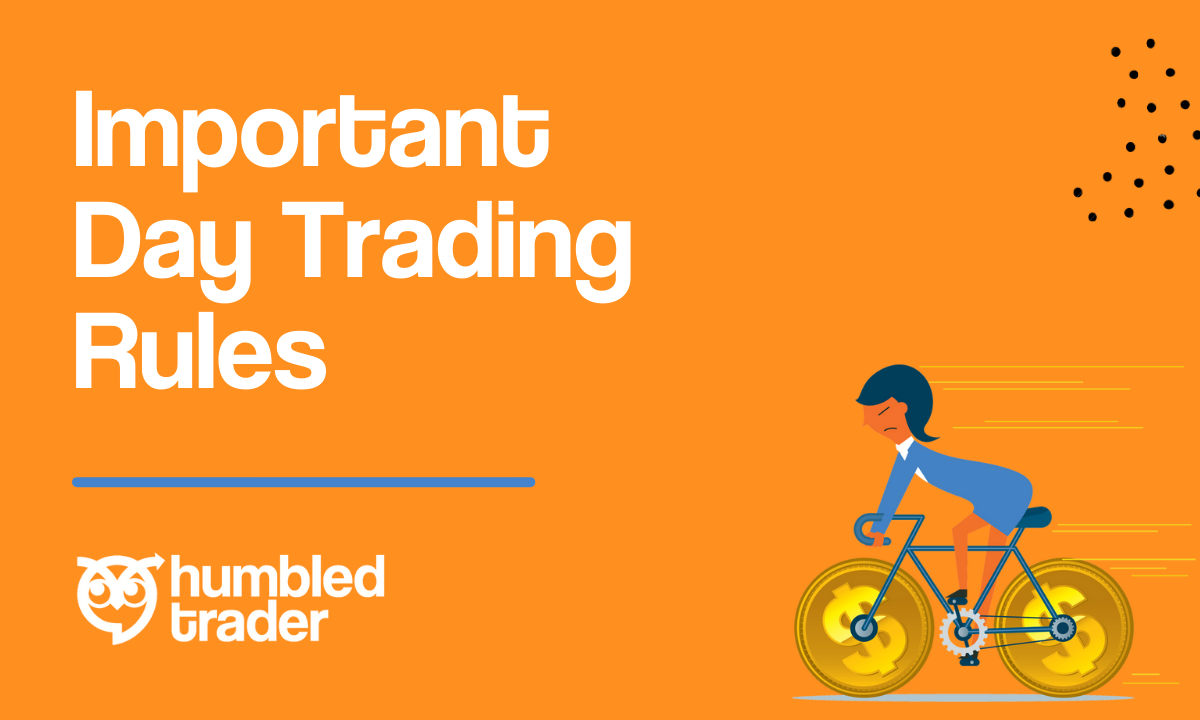SVB’s Collapse: What Every Investor Can Learn From The Largest Bank Failure Since 2008

SVB, the 16th largest bank in the United States and a major player in the technology industry, was shut down by financial regulators in March 2023, followed by a government bailout to cover depositors' funds. What does it mean to us as investors? In this blog post, we will discuss the following and how investors can learn from the collapse:
How did SVB collapse in 48 hours?
How did SVB get into this dire position?
Will this be a contagion that spreads to other financial institutions?
Investor insurance you should know about: SIPC and FDIC
How did SVB collapse in 48 hours?
SVB is the 16th largest bank in the United States, with approximately $200 billion in assets under management. The Santa Clara-based bank is considered the backbone of the venture capital industry, providing banking solutions for thousands of tech startups.
Just two days before its collapse, the bank announced that it was seeking to raise over $2.2 billion in the capital by selling more shares to recover some of the losses from its investment sales.
SVB lost $1.8 billion selling assets to meet withdrawal requests following a larger-than-expected decline in deposits over the last year. When the capital raising news was announced, it caused widespread panic among many SVB clients, most of whom were in tech startups.
The bank's CEO, Gregory Becker, urged his investors and banking clients to "stay calm and support the bank the way it has supported its customers over the last 40 years."
However, if anyone has learned anything from the 2008 financial crisis, we know that "stay calm, everything will be okay" is a huge red flag indicating it's time to panic and run!
How the Death Spiral Started...
Some venture capital firms told their startup companies to withdraw all their money from SVB due to concerns about the bank's liquidity. This ultimately created a vicious cycle that led to more and more withdrawals and investors dumping their positions in the bank's stocks, resulting in a classic bank run.
Humbled Trader 101: Bank Run
When many people withdraw their money from a bank simultaneously because they're afraid the bank might fail. This can cause the bank to run out of money and go bankrupt, which will have a ripple effect on other banks and the economy as a whole.
The morning after the bank's capital raising announcement, customers tried to withdraw $42 billion from SVB because no one wanted to be the last one out.
SVB's shares also plummeted.
SVB's stock shares fell 60% from $260 to $170 overnight on the announcement day, wiping out more than $80 billion in share value. Two days later, the stock value declined even more by another 70% pre-market, then came to a halt shortly after the market opened.
Unfortunately, the bank failed to raise enough capital and find a buyer, and it was unable to meet its customers' demand to withdraw $42 billion by Friday morning. In just a short 48 hours after the initial capital raising announcement, SVB collapsed.
This series of events raised two critical questions:
First, how did SVB get into this dire position in the first place?
Second, does this bank's failure mean that other banks could face similar issues in liquidity, affecting not only tech companies but also other individual investors?
How did SVB get into this dire position?
SVB found itself in a difficult position due to two main factors: an internal issue where the bank became a bag holder of US Treasuries and an external issue where tech startups were depositing less but withdrawing more funds.
SVB Became the US Treasury Bag Holder
Over the last few years, as the overall tech business boomed with the help of low interest rates, SVB was loaded with cash deposits from its customers. The bank's deposits have more than quadrupled, from $44 billion at the end of 2017 to over $189 billion at the end of 2021.
Banks don't keep 100% of the customer's deposits in cash sitting in reserve. For SVB, they poured over $128 billion into investing in US treasuries and mortgage bonds, which are considered safe investments, by the end of 2021.
Humbled Trader Investing 101: Bond Price and Interest Rates
Bond prices and interest rates have a negative correlation. When interest rates increase, the value of their investments goes down.
In 2022, the Federal Reserve increased interest rates at an extremely fast pace to curb inflation. The federal funds rate has soared from only 0.5% in April 2022 to 4.75% by January 2023.
So, SVB bought the bonds at peak prices by the end of 2021, and their bond investment went down significantly afterward with the intense rate hikes (interest increases) and has become the bag holder since then.
Tech Startups Putting in Less Money But Taking More Out.
The sky-high interest rates in 2022 killed the euphoria in venture investing. Remember, SVB's customers were largely startups needing capital funding from venture capitalists.
When fundraising started drying out due to higher interest rates, that meant SVB customers were depositing less into the bank and withdrawing more and more money from their accounts.
Unexpected Enormous Withdrawals Forced SVB to Sell the Bonds at a Loss.
SVB invested $128 billion in US treasuries in 2021 at peak prices due to low-interest rates. That wouldn't have been a problem if there was no need for so many customer withdrawals. They could have just held onto those bonds until their maturity dates and incurred no losses.
Unfortunately, to gather enough cash to meet customer demands, SVB had to sell the liquid bonds for a fat $1.75 billion in losses, leading to the need for the company to raise more capital.
The domino effect of the situation escalated quickly. Unable to come up with $42 billion in cash, the bank failed and was closed down by the FDIC on March 9, 2023.
Will this be a contagion that spreads to other financial institutions?
To answer this question, we need to understand who will be most affected by the collapse of SVB. It seems likely to be tech startups and potentially even more regional banks.
$250,000 cover wasn’t enough for tech startups.
The bank's customers will mostly be startup companies needing to meet payroll and operating expenses, so naturally, all these expenses would exceed more than $250,000, which the FDIC insurance covers. It's estimated that over 97% of the bank's customers had deposits exceeding that limit.
The serious situation could lead to more job losses in the tech industry and potentially hundreds of startups shutting down. Then there is the bailout, just in time.
The US Government Bailout Over $250,000 to Stop the Domino From Falling
On March 12, 2023, the US government announced it would guarantee all depositors their money back at both SVB and Signature Bank. Yes, that covers even the amounts exceeding the FDIC-insured $250,000.
This rapid action was necessary to prevent the SVB contagion from spreading to other banks, as was already happening with First Republic Bank and Western Alliance Bank. This situation could quickly escalate to even more bank runs as businesses start pulling large sums of money out, resulting in even more bank collapses.
SVB had around $150 billion in uninsured customer deposits, and Signature Bank held around $70 billion. Their customers will be able to access all of their funds as early as Monday, thus saving thousands of startups from financial ruin and preventing even more mass layoffs.
As for the bank's investors and executives, they will not be protected, meaning that they will lose all the money invested in this risky asset.
Regional Banks: First Republic, Pacific West, and Western AllianceShare Plummet
Shares of regional banks First Republic, Pacific West, and Western Alliance have plunged as much as 50 to 70% in a span of three short stays. Some of these regional banks are also based in California, and they have similar exposure to venture capital clients as SVB, and they also had similar investment portfolios.
Ripple Effects on Big Banks Like Wells Fargo, JPMorgan, and Bank of America?
While the collapse of SVB could cause more ripple effects in the tech sector, experts say the effect on big banks and everyday individuals will be very limited.
Major bank stocks such as Wells Fargo, JPMorgan, and Bank of America saw some pressure during the collapse week; however, they were able to recover some of their gains by the next few days, and that's because these big banks operated very differently from SVB.
They mostly have a more diverse clientele and investments instead of focusing on a very single niche area of business, like tech startups. While it's very concerning that there might be more economic ripple effects, it's at least reassuring that most individual banking clients should be unaffected.
Investor Insurance You Should Know: SIPC and FDIC
As traders and investors in the stock market, we must understand what kind of insurance limit is set in place to protect our banking, investing, and trading accounts.
Here are the two kinds of insurance protection that you definitely need to pay attention to, and they are SIPC and FDIC.
FDIC insurance
FDIC insurance protects customer deposits in banking accounts. So, in the event a bank like SVB fails, you're guaranteed to receive up to $250,000 of deposits, or if the government decides to bail the bank out again.
SIPC insurance
SIPC insurance insures brokerage accounts in case your trading or investing broker fails. SIPC insurance will cover up to $500,000 in securities value. Included within the same coverage is up to $250,000 in cash.
Note:
This SIPC insurance is eligible per separate capacity, not for each account, meaning even if you have multiple individual accounts across more than one broker, you're still insured for only half a million dollars in securities with up to $250,000 in cash included.
You can check whether your broker account is SIPC insured on this official website. I will assure you that all the brokers I have ever recommended on this channel are SIPC insured.
Whether this SVB failure will lead to more ripple effects in the banking industry or our economy, we will have to see. If you're interested in learning more about the SIPC-insured brokers I recommend, then make sure to check out this video, and I'll see you over there.
Don’t feel like reading? Watch the video.




